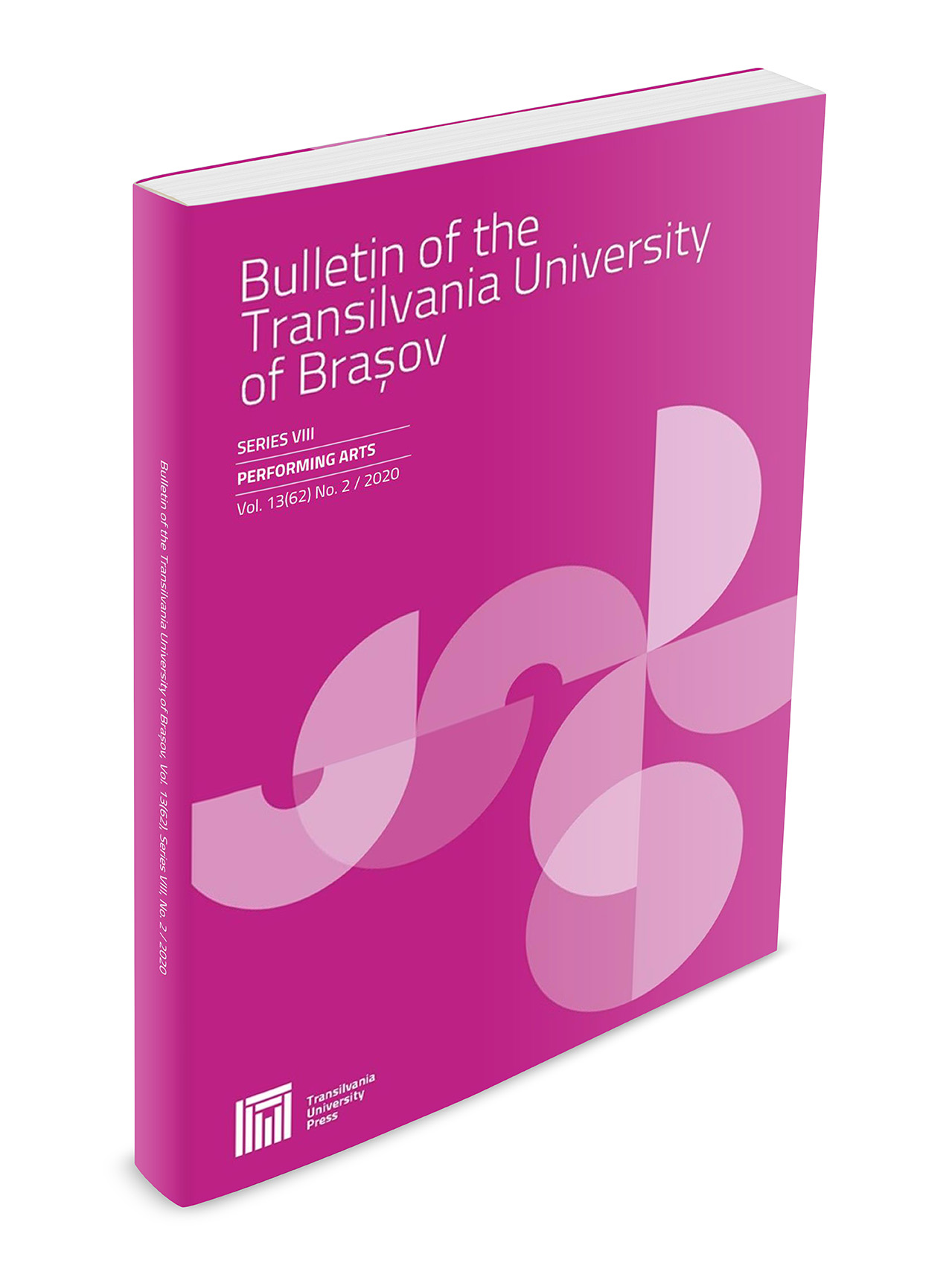Comparative Study of the Benefits of Ball Function Training Programs and the Training of Strength in the Red Training Concept (Resistance, Endurance and Definition)
Keywords:
strength, pace, training, attention, success, efficiency, innovation, flexibility, balance, toningAbstract
RED (Resistance, endurance, and definition) type resistance training is a training option based on the concept of special education of muscle strength, and also of other motor skills through complementary methodologies that are modern, efficient, and fun. The way the operating systems that make this alternative education program are structured, we improve the functional capacity and the effort capacity, the muscle definition involved in the movement, and, not least, the weight loss. The 'Fitball device is used in resistance training, support muscle strengthening, cardiovascular training, joint mobility and stretching, and relaxing the entire body, is used with children as a game, with sedentary persons affected by stress, stiffness, and overweight, with the elderly to prevent illness and especially in balance training, positions, and pre-roll acrobatics that are pursued in many sports (artistic gymnastics, rhythmic, dance, skiing, canoeing, and kayaking, surfing, free climbing, figure skating, etc..). This paper presents a detailed comparison of the advantages and disadvantages of one program over the other, the specific characteristics of RED Training & Fitball through the training lessons structure, the means employed, the objectives to follow, and the other practical aspects that make these physical training programs distinct.Downloads
Published
Issue
Section
License
Copyright (c) 2011 Bulletin of the Transilvania University of Braşov. Series VIII: Performing Arts

This work is licensed under a Creative Commons Attribution 4.0 International License.




